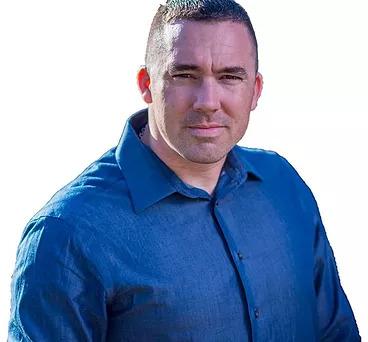Award-winning actor Robert Kerbeck wasn’t particularly concerned when he first heard a wildfire had broken out near his home in Malibu, California, on Nov. 8, 2018. He thought the fire department would be able to contain the blaze. Little did he know it would become the most destructive wildfire in the history of Los Angeles—and that he’d be fighting to protect his home amidst the flames.
Kerbeck has lived in Malibu for the past 20 years. Despite the neighborhood’s reputation for being a sanctuary for the rich and famous, many of the residents had moved to the area long ago, when a Wild West mentality prevailed. As it would turn out, self-reliance and personal responsibility would prove critical during the fire.





